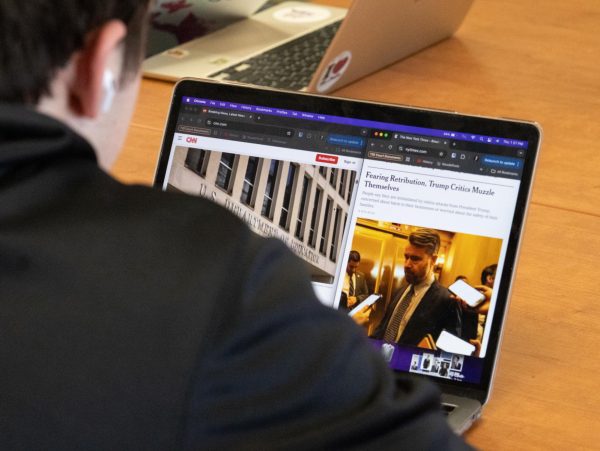An Unlikely Solution
Instagram changes their platform to combat the rising depression rates amongst teens, but are they doing enough?
What is the best indicator of a person’s future success, physical attractiveness, and overall likeability? The answer is simple: Instagram likes.
Even though most of us wouldn’t admit it, we have become hypersensitive to the way in which the world perceives us and have begun using ‘likes’ as a measurement of our perceived social success. Social media users project an idealized version of their lives online, creating the illusion of having the ‘perfect life.’ And whether we’re aware of it or not, we are comparing ourselves to the manufactured lives of the people we follow, and it subconsciously impacts the way in which we see the world and ourselves.
A particularly disturbing study published by the Depression and Anxiety Association of America found that, comparatively, people who used social media more regularly had “significantly increased odds of depression” compared to those who did not use social media as often. Countless studies have been performed with diverse participants and have almost unanimously produced the same results. The conclusion is clear, this is not only affecting those who are already at-risk for depression, but in fact most social media users. As the rate of depression amongst teens rose, it was evident something had to change.
And it did!
Sort of. In November of 2019, Instagram decided to roll out a new update that would hide the number of likes on posts. When asked about this change, the head of Instagram, Adam Mosseri, told Techcrunch, “We will make decisions that hurt the business if they help people’s well-being and health.” The initial reaction was fairly mixed, with mental health specialists rejoicing and other, perhaps ill-informed, individuals renouncing it for being oversensitive. However, the initial praises soon ceased as it became apparent that this ‘groundbreaking’ change to one of the world’s most popular social media platforms was, although a step in the right direction, ineffective to say the least.
Although users can no longer see the exact number of likes on others’ posts, they can still see the number of likes on their own posts, only providing a half-solution to the problem they supposedly sought to fix. Moreover, the change they did make was rather small, as where the number of likes used to be shown under a specific post, now it reads “hundreds,” “thousands,” or “millions of others” liked a certain post, allowing users to roughly infer how many likes a post received.
Despite its many glaring flaws, this update is a step in the right direction. The importance of maintaining one’s mental health as the world spends an ever-increasing amount of time online cannot be understated. Hopefully in the coming months, Instagram will not generally indicate the number of likes other people got on their posts as well as hide the number of likes your posts got.
As a final thought, I’d like to share what I believe to be a driving force behind the recent change. In their community guidelines, Instagram states that they strive to be “an authentic and safe place for inspiration and expression.” However, over the years the app has transformed from a place for self-expression to a measurement of one’s social success. This change, although deeply flawed, was an important first step towards returning Instagram to its intended use.







